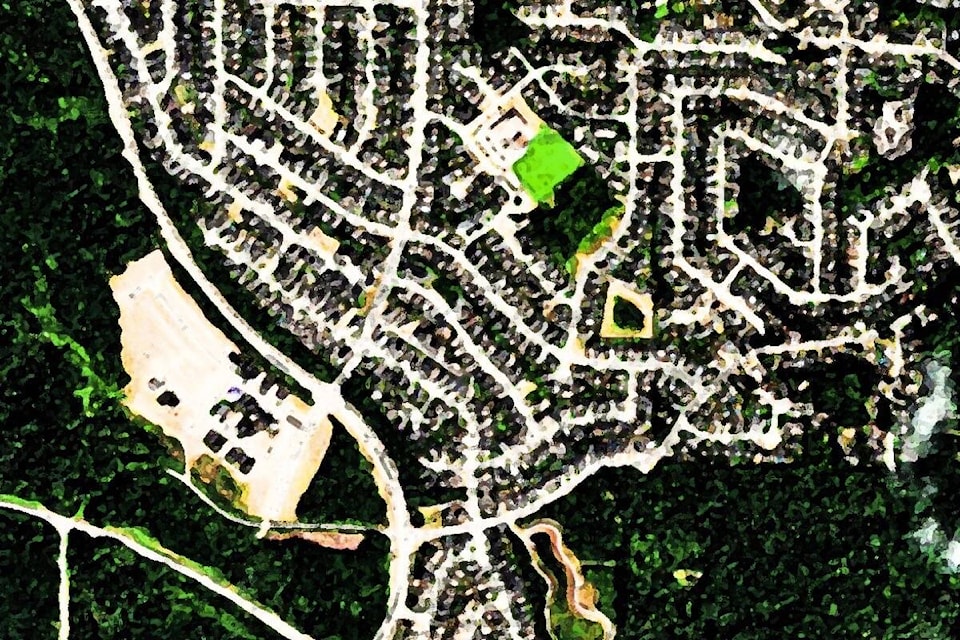According to new Census data, Campbell River’s population increased by almost eight per cent from five years ago, a sign of “healthy growth,” according to city staff.
Statistics Canada released its 2021 Census of Population on Feb. 9. Census data is collected every five years, with the previous one conducted in 2016.
From 2016 to 2021, Campbell River’s population increased from 33,007 to 35,519, a 7.6 per cent increase, according to the Census. That makes Campbell River the 136th largest population centre in Canada and the 27th largest in British Columbia, as of 2021.
That growth rate is slightly less than what some at the City of Campbell River were anticipating, said Jason Locke, the city’s long-range planning and sustainability manager.
“We thought that we were going to be closer to a two per cent annual growth rate between 2016 and 2021,” said Locke. “We’re actually closer, according to the numbers — and the numbers may be off, but that’s the best data that we have — to about 1.5 per cent, which is actually a pretty traditional growth rate that the city has seen over the past several years.”
Between Census years, BC Stats provides a population estimate for municipalities across the province, based on past average growth and development information the city gathers. But Locke said the Census population figure is an estimate with a margin of error too, given some people do not complete the form and other idiosyncrasies. Sometimes these two estimates are similar, but usually there’s a slight difference, he said.
“It’s a healthy growth rate — the city is growing, for sure,” he said.
The Census results confirm the city’s building permit statistics over the last five years concluding the city has seen a large increase in multifamily housing, said Locke.
“I think that demand is there for ‘empty-nesters,’ but it’s also more affordable, or theoretically more affordable, than a single-family home,” he said. “For young professionals, or people who want to downsize — that’s a desirable housing option for a lot of people.”
Next year, the city will be conducting an update of its Official Community Plan (OCP) document, to plan and direct development into the future. It is now developing a growth strategy to understand the city’s needs and “pinch points,” he said.
As the city’s population grows, demand for infrastructure and services grows too. This is part of the reason facilitating infill development is one of the city’s priorities, he said.
“Generally, infill growth is cheaper than outward expansion, because you’re not putting in new roads and you already have a service area,” said Locke. “That doesn’t mean there won’t be upgrades to existing infrastructure, because sometimes there just isn’t enough capacity.”
READ ALSO: B.C. population growth highlights need for immigrant supports: advocates
Census data suggests Alberta economy shifting but growth expected to stay strong
sean.feagan@campbellrivermirror.com
Like us on Facebook and follow us on Twitter
